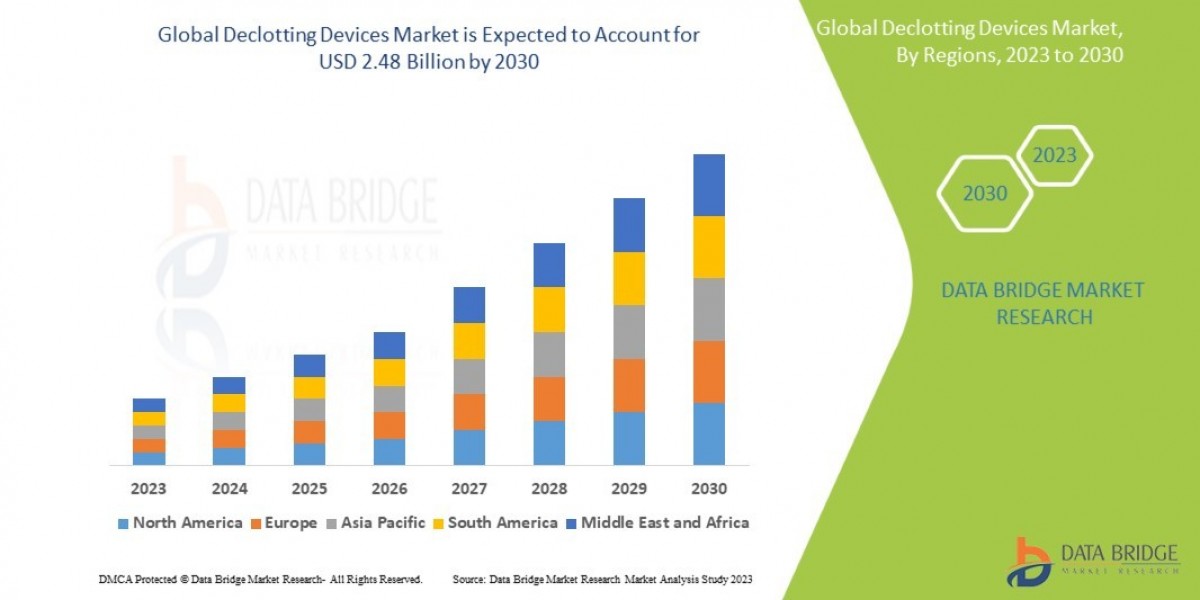In a world moving rapidly toward cashless and contactless transactions, wearable payment devices are transforming the way we shop, travel, and interact with services. From smartwatches to fitness bands and rings, these innovative devices combine convenience, speed, and security—delivering seamless payment experiences right from the wrist or finger.
As consumer expectations evolve toward frictionless experiences, wearable payment technology is becoming a cornerstone of smart living and digital finance.
What are Wearable Payment Devices?
Wearable payment devices are smart accessories embedded with Near Field Communication (NFC) or Radio-Frequency Identification (RFID) technology that allow users to make payments simply by tapping or waving the device near a compatible payment terminal.
These devices come in various forms, including:
Smartwatches (e.g., Apple Watch, Samsung Galaxy Watch)
Fitness bands (e.g., Fitbit, Garmin)
Smart rings (e.g., McLEAR Ring, Token Ring)
Payment wristbands, key fobs, and even clothing
How They Work
Wearable payment devices typically work via NFC, a wireless technology that enables short-range communication between the wearable and a payment terminal. When a user holds the wearable close to a terminal, the device securely transmits encrypted payment data—similar to a contactless credit or debit card.
Some wearables use tokenization and biometric authentication (like fingerprint or facial recognition) to enhance transaction security.
Key Benefits
✅ Convenience
No need to carry cash, cards, or even a phone—just tap your wearable and go.
? Speed
Contactless payments are typically faster than chip-based or magnetic stripe card transactions.
? Security
Advanced encryption, tokenization, and biometric authentication make wearables highly secure.
? Multi-functionality
Many wearables combine payment with health tracking, notifications, transit access, and ID verification.
Popular Use Cases
? Retail & E-Commerce
Used for fast checkout experiences at stores and online platforms that support token-based payment integration.
? Public Transport
Integrated with mass transit systems in cities like London, New York, and Singapore to enable tap-and-go fare payment.
?️ Events & Hospitality
Wristbands and rings used at concerts, resorts, and amusement parks to replace cash or tokens.
?️ Fitness & Lifestyle
Fitness trackers like Fitbit or Garmin allow users to pay post-workout without carrying wallets or phones.
? Corporate & Access Control
Integrated with workplace ID systems, enabling employees to access buildings and pay at cafeterias with a single wearable.
Market Outlook
The wearable payment device market is witnessing significant growth, driven by the convergence of fintech, fashion, and smart technologies.
? Market Size Highlights:
Valued at around USD 15–18 billion in 2023
Expected to reach USD 80–100 billion by 2032
Projected CAGR: 20–22% during 2024–2032
? Growth Drivers:
Surge in contactless payment adoption, especially post-COVID-19
Rising demand for mobile and wearable banking solutions
Technological advances in NFC chips, biometric sensors, and battery efficiency
Expanding e-commerce and digital wallet ecosystems
? Key Players:
Apple Inc.
Samsung Electronics
Fitbit (Google)
Garmin Ltd.
Xiaomi
Barclays (bPay)
McLEAR
Visa, MasterCard, and payment fintechs offering tokenization platforms
Challenges and Considerations
? Battery Life: Especially for more advanced wearables with multiple features.
? Device Compatibility: Some devices are limited to specific banks, countries, or payment networks.
?️ Privacy Concerns: Data protection and user tracking may raise concerns among consumers.
? Adoption Barriers: In developing markets, lack of infrastructure and trust in digital payments can slow adoption.
The Future of Wearable Payments
Looking ahead, wearable payment devices will:
Integrate with blockchain-based identity systems
Enable biometric-only payments (no PIN or card details needed)
Be embedded in smart textiles and accessories
Support multi-currency and cross-border transactions
Play a key role in metaverse and AR-based commerce
As the world transitions to a frictionless economy, wearable payment devices are set to become not just trendy accessories—but powerful tools in the future of personal finance.
Conclusion
Wearable payment devices represent the next wave of digital financial interaction—combining the power of secure, seamless transactions with the comfort of on-the-go living. With rising consumer demand for speed, safety, and personalization, these devices are no longer optional—they are essential components of the smart lifestyle revolution.
Wantstats is a premium platform that provides unparalleled data and statistics across 30000 markets and 100 countries in both B2B and B2C segments. Designed to fit the needs of industry stakeholders, associations, libraries, students and many more looking for statistics.
Read More








